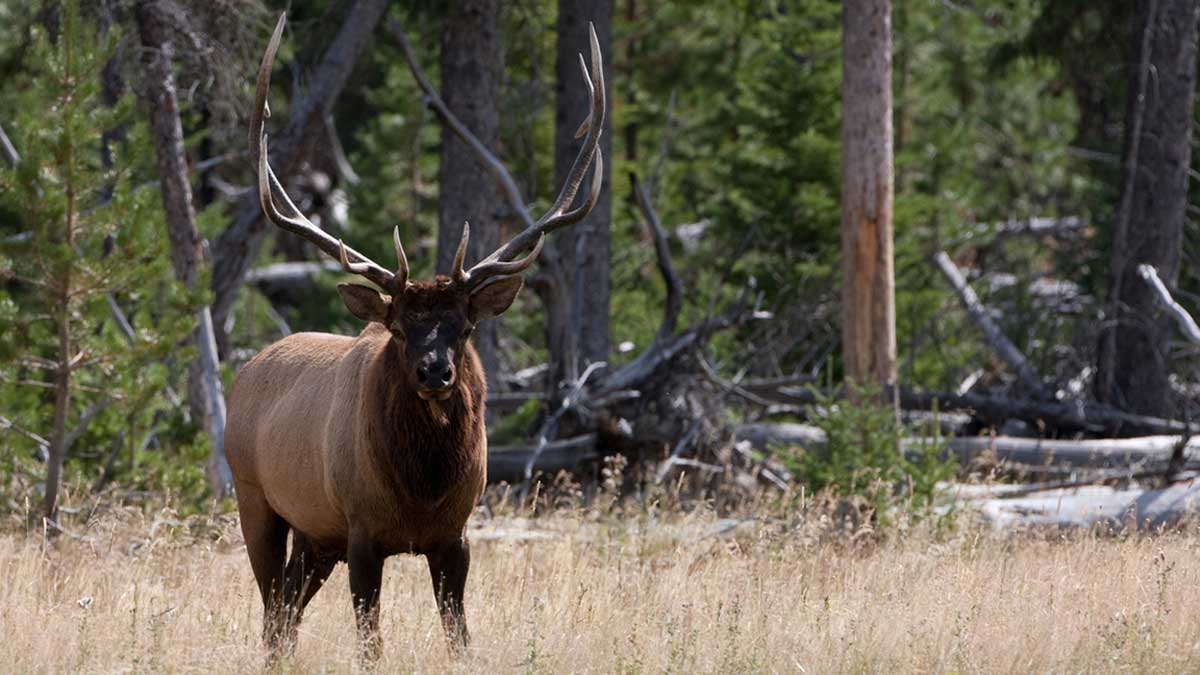The Rocky Mountain Elk Foundation commends the Bitterroot National Forest (BNF) for gathering information and comments related to updating its forest plan because its current direction for managing elk habitat is based on outdated research. BNF proposed amendments related to Elk Standards (among other things) in order to update its science and management practices.
The proposed action replaces existing standards with guidelines. RMEF works with Forest Service partners across the U.S. and understands today’s challenges of applying inflexible standards across an incredibly diverse landscape. As is, the plan prohibits forest management that is important for elk habitat. By using guidelines, proper assessments can be made at the project level, where public review is still available.
RMEF appreciates the proposed components that emphasize management for elk forage and nutrition in vegetation management projects. Providing quality forage helps keep elk on public land, particularly during hunting seasons so they can be better managed. Active forest management encourages growth of grasses, forbs, young shrubs and trees that supply critical forage for elk and other species.
Additionally, RMEF appreciates the attention to clarify language about thermal cover, canopy cover, elk habitat effectiveness, winter cover and hiding cover. The 1987 forest plan used these terms in conflicting ways and are not based on the most recent science. RMEF provides suggestions that uses updated science to consider a combination of canopy cover measurements and distance to roads in identifying elk security.
The Rocky Mountain Elk Foundation has a keen interest in this proposed BNF action because it supported several land conservation & access projects, as well as dozens of habitat stewardship and wildlife management projects, on the forest.
RMEF strongly supports the following principles in all plans/proposals related to elk management:
- Science-based wildlife management
- Healthy elk populations maintainedat both biologically and socially sustainable levels
- Hunting as the primary tool for managing elk populations
- Impactful programs designed to increase hunter access to elk on both public and private lands
- Appropriate distribution of elk on public and private lands
- Maximizing hunting opportunity and quality
- Recognition of the role private landowners play in providing elk habitat during critical seasons
- Simplification of unnecessarily complex hunting regulations
(Photo source: Rocky Mountain Elk Foundation)
